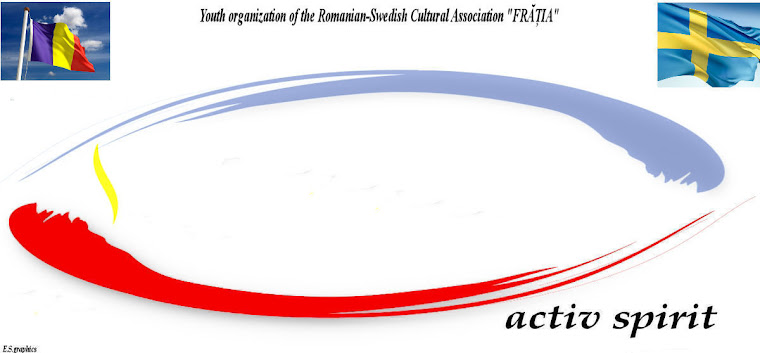Happy National Day, Romania!
Union of Transylvania with Romania was declared on December 1 [O.S. November 18] 1918 by the assembly of the delegates of ethnic Romanians held in Alba Iulia.
The national holiday of Romania, the Great Union Day (also called Unification Day) occurring on December 1, commemorates this event. The holiday was set after the 1989 Romanian Revolution, and marks the unification not only of Transylvania, but also of the provinces of Banat, Bessarabia and Bukovina with the Romanian Kingdom, in 1918, the Union of Transylvania with Romania being the last event, sealing the unification of the country.
Alba Iulia National Assembly
On December 1, 1918 (November 18 Old Style), the National Assembly of Romanians of Transylvania and Hungary, consisting of 1,228 elected representatives of the Romanians in Transylvania, Banat, Crişana and Maramureş, convened in Alba Iulia and decreed (by unanimous vote)
“ the unification of those Romanians and of all the territories inhabited by them with Romania. ”
The Resolution voted by the National Assembly stipulated also the "fundamental principles for the foundation of the new Romanian State":
Full national freedom for all the co-inhabiting peoples. Each people will study, manage and judge in its own language by individual of its own stock and each people will get the right to be represented in the law bodies and to govern the country in accordance with the number of its people.
Equal rights and full autonomous religious freedom for all the religions in the State.
Full democratic system in all the realms of public life. Suffrage universal, direct, equal, secret, in each commune, proportionally, for both sexes, 21 years old at the representation in communes, counties or parliament.
Full freedom of the press, association and meeting, free propaganda of all human thoughts.
Radical agrarian reform. All the assets, above all the big ones, will be inscribed. The wills by which the heir consigns the land to a third party will be abolished; meanwhile, on the basis of the right to cut down estates freely, the peasant will be able to his own property (ploughing land, pasture, forest), at least one for him and his family to labour on. The guiding principle of this agrarian policy is promoting social evening, on the one hand, and giving force to production, on the other.
The industrial workers will be granted the same rights and privileges that are in force in the most advanced western industrial states.
The union was conditional, and demanded the preservation of a democratic local autonomy, the equality of all nationalities and religions.
The Resolution of the National AssemblyThe Assembly also formed from 200 of its members, plus 50 co-opted members a High National Romanian Council of Transylvania, the new permanent parliament of Transylvania.
The next day, on December 2, 1918 the High National Romanian Council of Transylvania formed a government under the name of Directory Council of Transylvania (Consiliul Dirigent al Transilvaniei), headed by Iuliu Maniu.
On December 11, 1918, King Ferdinand signed the Law[3] regarding the Union of Transylvania, Banat, Crişana, the Satmar and Maramureş with the Old Kingdom of Romania, decreeing that
“ The lands named in the resolution of the Alba-Iulia National Assembly of the 18th of November 1918 are and remain forever united with the Kingdom of Romania.
Subscribe to:
Post Comments (Atom)








No comments:
Post a Comment